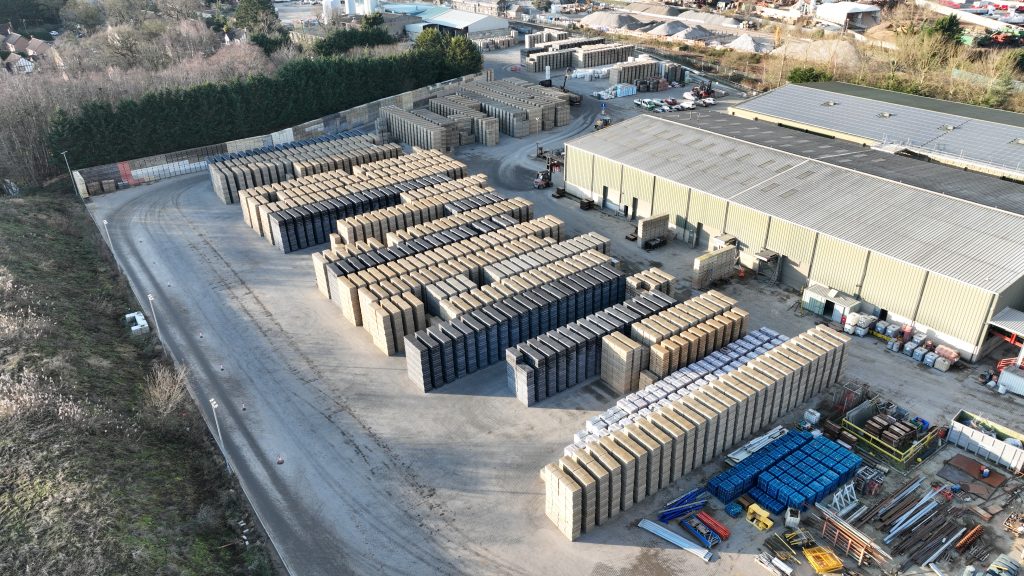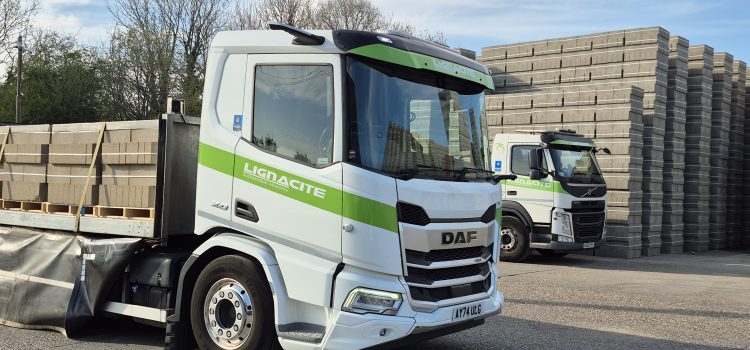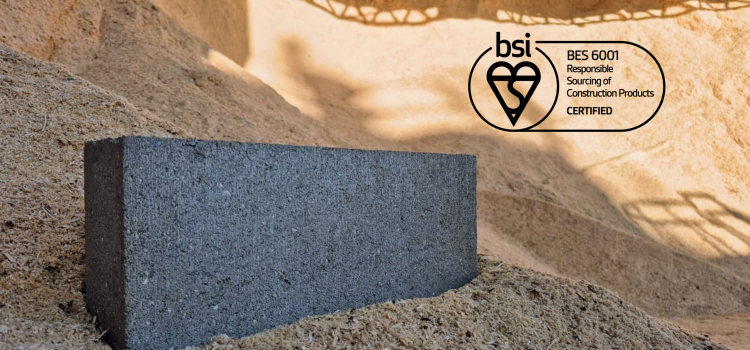Articles
An introduction to lightweight concrete blocks

Posted by Nick Franks
In this article, we lay out the foundations when it comes to lightweight concrete blocks. Read on to find out what lightweight concrete blocks are, how they’re used and their benefits.
Concrete blocks are not all made alike. In fact, some are specifically made to be lightweight. In this introduction, we’ll explore the applications of lightweight blocks, their advantages and their drawbacks.
What are lightweight blocks?
In the construction industry, there is no hard and fast rule regarding what exactly constitutes a ‘lightweight’ block. However, it is generally accepted that this term applies to blocks with low densities. For instance, a block with a density of 1,110kg/m3 or less would be viewed as lightweight. Super lightweight blocks typically have a density of 850kg/m3 or less.
They are typically made from lightweight aggregates such as expanded clay, ash or pumice, which are mixed with cement, sand and water to form a lighter block. Lightweight blocks can also be made by incorporating air or gas into the mix. These blocks are known as aerated or foamed concrete blocks. In this article, we will be referring primarily to lightweight aggregate blocks.
These blocks can be used in walls, partitions and other structural elements and can offer several advantages in construction over traditional concrete blocks. For instance, reduced weight, improved thermal insulation, and ease of handling and installation. They are commonly used in residential and commercial construction projects where weight reduction and thermal efficiency are important considerations.
How heavy is a lightweight block?
Lightweight blocks are designed to be easier to move around. As a result, 100mm blocks weigh in at less than 12kg, while 140mm blocks are no more than 20kg per unit, which means that they are considered safe for manual handling.
The exact weight of a lightweight block will depend on its density and its size. For instance, a 440mm x 215mm x 100mm block can weigh between eight to 12 kilograms.
Our lightest concrete blocks, which are made from ultra-lightweight aggregates, can be found in our Fibo 850 range. A 440 x 100 x 215mm block weighs in at less than 9kg per unit.
Other lightweight blocks in our catalogue include Lignalite; a 440 x 190 x 215mm block weighs just 19.1kg per unit.
What is the difference between lightweight and standard-weight blocks?
The difference between lightweight and denser blocks is that the former are made with lightweight aggregates. These aggregates reduce the density of the block, making it lighter than dense or medium-density blocks.
This reduced density makes lightweight blocks easier to handle, transport and install while also offering benefits such as improved thermal insulation.
Although dense or medium-density concrete blocks may offer greater compressive strength and durability in some structural applications, lightweight aggregate blocks excel in situations where weight reduction, thermal efficiency and ease of handling are key characteristics.
The use of lightweight blocks
Lightweight blocks can be used in load-bearing and nonload-bearing walls. In particular, they are useful for creating the inner leaves of external cavity walls, separating walls and internal walls. This includes fire break walls. They can also be used as beam infill blocks in beam and block flooring, although you may need to specify 7.3N/mm2 blocks for this application.
Lightweight blocks can therefore offer adequate durability to suit most common uses. For example, for use below ground, 7.3N/mm2 grade blocks can perform in ground conditions that combine saturation with freezing temperatures. Lightweight blocks can also be used for the outer leaves of cavity walls provided they are rendered or receive a cladding treatment, such as tiles on battens.
In addition, lightweight blocks can provide a surprisingly good level of sound insulation. Typically, blocks of 100mm thickness can easily meet the Building Regulation Part E requirements for sound insulation between rooms. However, for use in separating walls in dwellings, not all lightweight blocks will meet Part E performance requirements. In such situations, it may be better to switch to a medium-density block.
When considering lightweight blocks for load-bearing structures, you need to bear in mind that the density of the aggregate used is generally proportional to the strength of the block.
The benefits of using lightweight blocks
Easier manual handling
The lesser weight of lightweight concrete blocks means that they are easier to lift and carry. This will protect your workforce and ensure that the blocks are under the maximum threshold for manual handling (20kg). Not only will this protect the health of your workers, but it means you may be able to reduce your reliance on mechanical lifting aids for lower project costs.
Better thermal insulation
Lightweight blocks contain more air than medium or dense concrete blocks. This air helps to reduce thermal conductivity, which means that the blocks will transfer less heat from room to room. Lightweight blocks can also help to keep rooms more comfortable during hotter times of the year.
Use of recycled materials
In a lightweight aggregate block, recycled materials such as ash and furnace slag can be easily used. Other recycled materials are also increasingly being used in lightweight concrete mixes.
Low self-weight
Our lightest Fibo 850 blocks are produced with a dry density of just 850kg/m3. When used to construct walls, these lightweight blocks therefore result in structures that boast a relatively low self-weight. This places less dead load on the structure for a more economical building design.
Our Lignalite blocks are also useful in this regard. With a density of 1,050kg/m3, this block is ideal for commercial, industrial and retail applications.
Read more: Take a look at our case study on the use of Lignalite blocks in The Whiteley.
A1 fire rating
Lightweight blocks contain non-combustible material and make no contribution to fire. As a result, they have an A1 fire rating.
Are there any disadvantages to using lightweight blocks?
While there are many advantages to using lightweight blocks, they are not suitable for every building.
Lightweight aggregate blocks and aerated blocks are also not suitable if high-strength, dense concrete blocks are needed. Their weight tolerances should always be checked before using them in a load-bearing structure.
Find the right block for your next project
To find the most suitable range for your next building project, get in touch with our helpful Sales team! You can call on 01842 778485 or send us an enquiry.






















